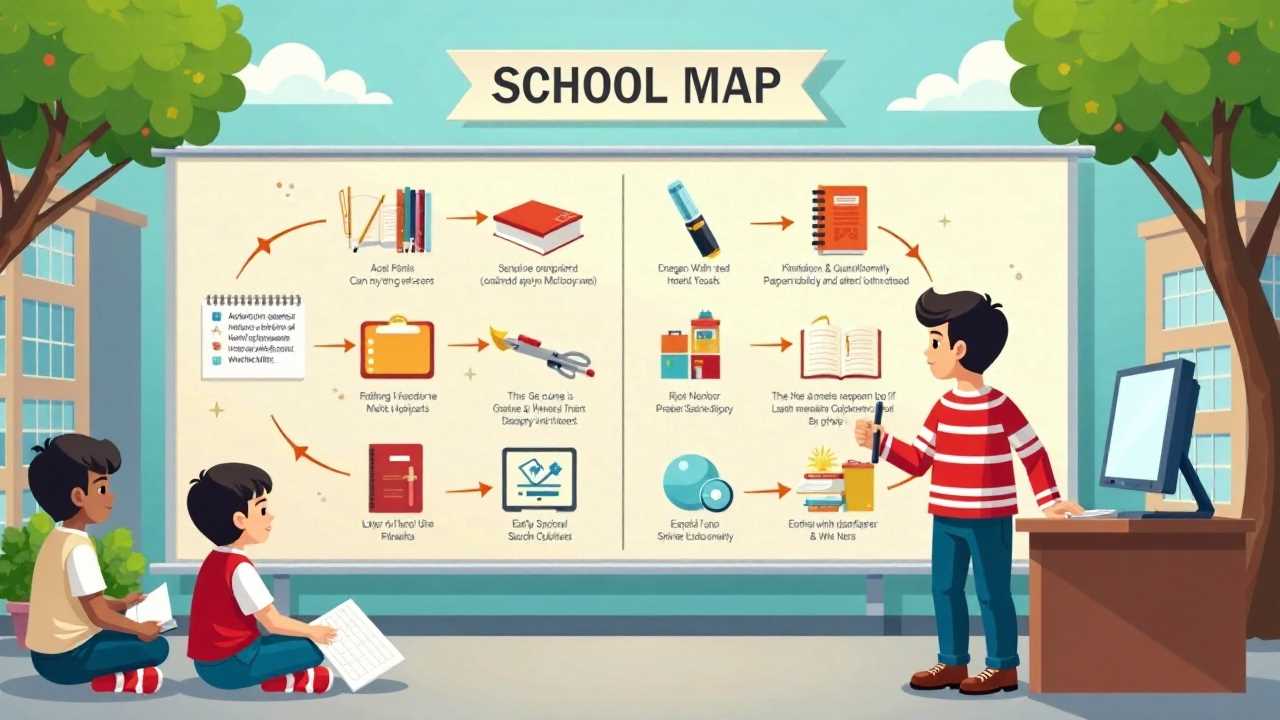
Understanding Early Childhood Literacy Instruction
Early childhood literacy instruction serves as a fundamental building block for literacy development in young learners. This phase of education is critical as it shapes a child's ability to read and write, fostering skills that will be essential throughout their academic journey. The focus during this period is not only on teaching letters and sounds but also on creating a rich environment where children can engage with language in meaningful ways.
Effective literacy instruction involves a blend of phonemic awareness, vocabulary expansion, and interactive reading techniques that cater to the diverse needs of young learners. By employing engaging strategies, educators can create an atmosphere conducive to learning, ensuring that literacy skills are developed holistically.
The Role of Phonemic Awareness in Literacy Development
Phonemic awareness is the ability to hear, identify, and manipulate individual sounds—phonemes—in spoken words. This skill is a precursor to reading and writing, making it a priority in early childhood literacy instruction. Research indicates that children who develop strong phonemic awareness are more likely to become proficient readers.
To enhance phonemic awareness, we can incorporate a variety of playful activities. For example, using rhyming games and songs can help children recognize sound patterns. Activities such as clapping out syllables or playing sound matching games can also reinforce this skill. These interactive methods not only make learning enjoyable but also lay the groundwork for more complex literacy skills.
Interactive Reading: A Gateway to Vocabulary Expansion
Interactive reading is another vital component of early childhood literacy instruction. This strategy involves engaging children during reading sessions, prompting them to think critically about the story and its characters. By asking open-ended questions and encouraging predictions about the plot, we foster a deeper understanding of the text.
Moreover, interactive reading sessions can significantly contribute to vocabulary expansion. Introducing new words within the context of a story allows children to grasp their meanings more effectively. For instance, when reading a book about animals, we can pause to discuss unfamiliar terms like "habitat" or "predator." This approach not only builds vocabulary but also enhances comprehension skills.
Storytelling Techniques: Fostering Imagination and Language Skills
Storytelling techniques are powerful tools in early childhood literacy instruction. They can captivate young minds while simultaneously teaching essential language skills. By using expressive voices, gestures, and visual aids, we can bring stories to life, making them more relatable and engaging for children.
Encouraging children to participate in storytelling by acting out scenes or creating their own endings can further enhance their language skills. This practice allows them to experiment with new vocabulary and sentence structures in a supportive environment. Additionally, storytelling nurtures creativity and imagination, critical components of cognitive development.
Play-Based Learning: The Foundation of Literacy Instruction
Play-based learning is an effective approach to early childhood education, integrating play into the learning process. This method allows children to explore and learn at their own pace, making it particularly beneficial for literacy development. Through play, children engage with language naturally, often without realizing they are learning.
For instance, incorporating literacy-rich play areas filled with books, writing materials, and interactive games can promote a love for reading and writing. Activities like puppet shows or role-playing can also encourage children to use language in context, helping them develop both their vocabulary and comprehension skills.
Creating a Literacy-Rich Environment
To support early childhood literacy instruction, it is essential to create a literacy-rich environment. This includes providing access to a variety of reading materials, such as picture books, storybooks, and informational texts. Displaying words and letters around the classroom can also enhance children's familiarity with print.
Incorporating technology can further enrich this environment. Interactive e-books and educational apps can provide additional opportunities for children to engage with literacy in a dynamic way. However, it is vital to balance screen time with hands-on activities to ensure a well-rounded approach to literacy development.
Assessing Literacy Development
Regular assessment of children's literacy skills is crucial for tailoring instruction to meet their needs. Observational assessments, where we monitor children's interactions with books and their ability to engage in discussions, can provide valuable insights into their literacy development.
Additionally, implementing informal assessments, such as running records or phonemic awareness checklists, can help identify areas where a child may need additional support. By understanding each child's unique learning path, we can adjust our teaching strategies to ensure they are progressing effectively in their literacy journey.
Engaging Families in Literacy Development
Engaging families in the literacy development process is vital. We can encourage parents to read with their children at home, provide them with strategies for promoting phonemic awareness, and share resources that support vocabulary expansion. Hosting family literacy nights or workshops can also foster a community approach to early childhood literacy instruction.
By creating partnerships with families, we can reinforce the importance of literacy both at school and at home. This collaborative effort enhances children's learning experiences and emphasizes that literacy is a shared responsibility.
 Careers in EducationElementary EducationHigh School EducationEducational TechnologyTeaching StrategiesSpecial EducationPrivacy PolicyTerms And Conditions
Careers in EducationElementary EducationHigh School EducationEducational TechnologyTeaching StrategiesSpecial EducationPrivacy PolicyTerms And Conditions
